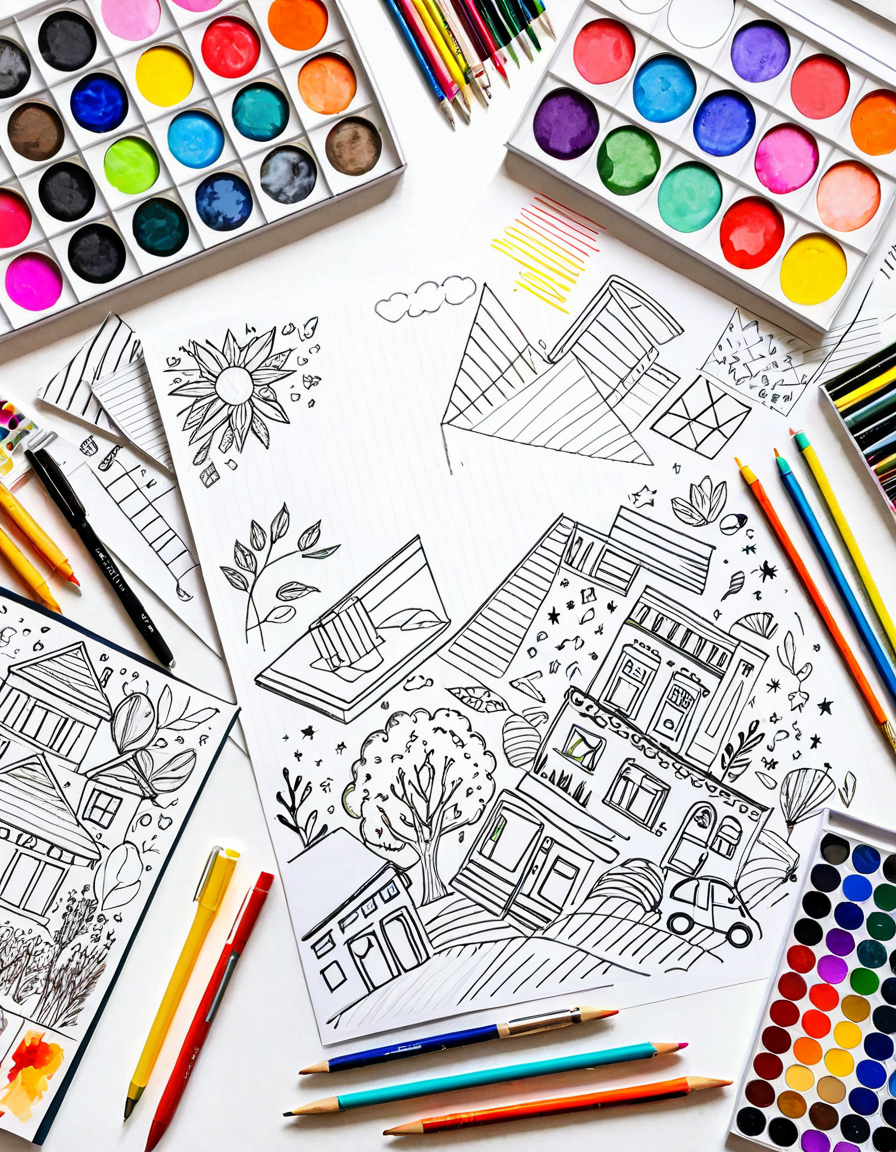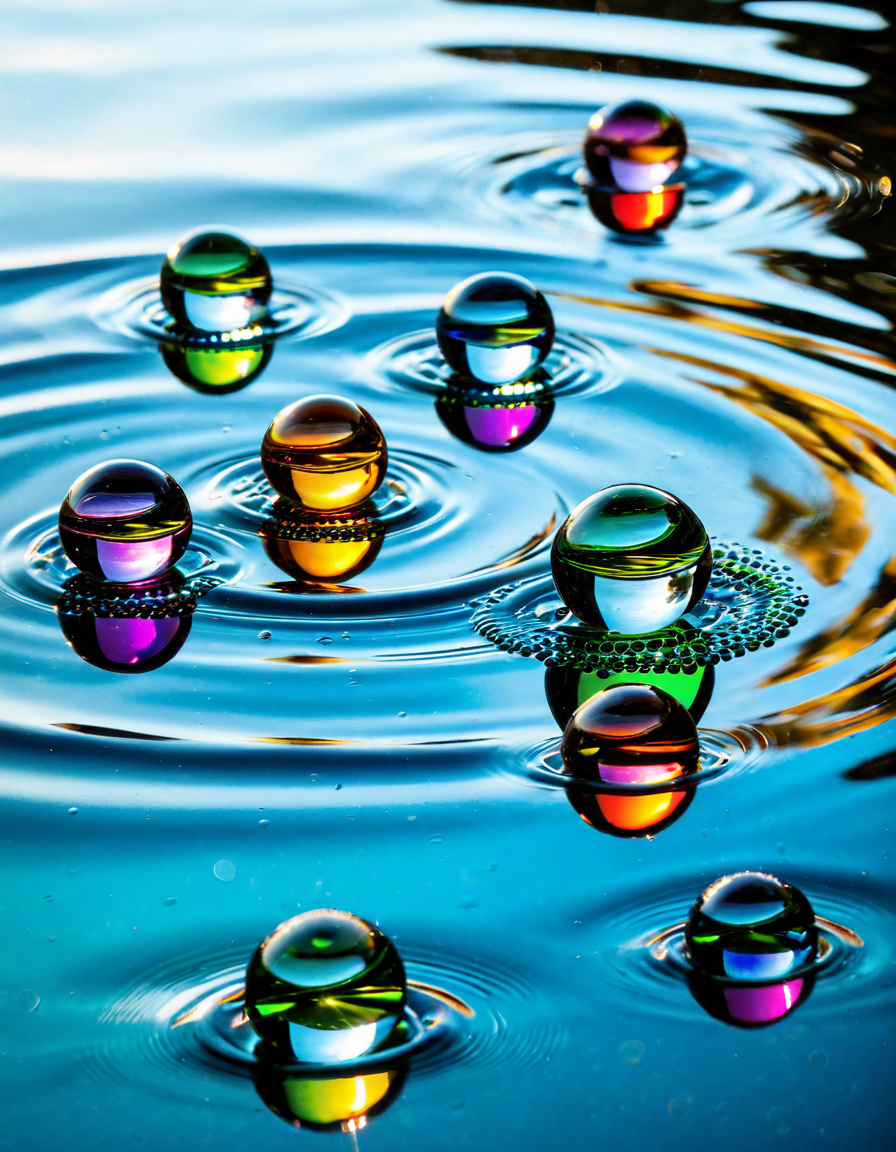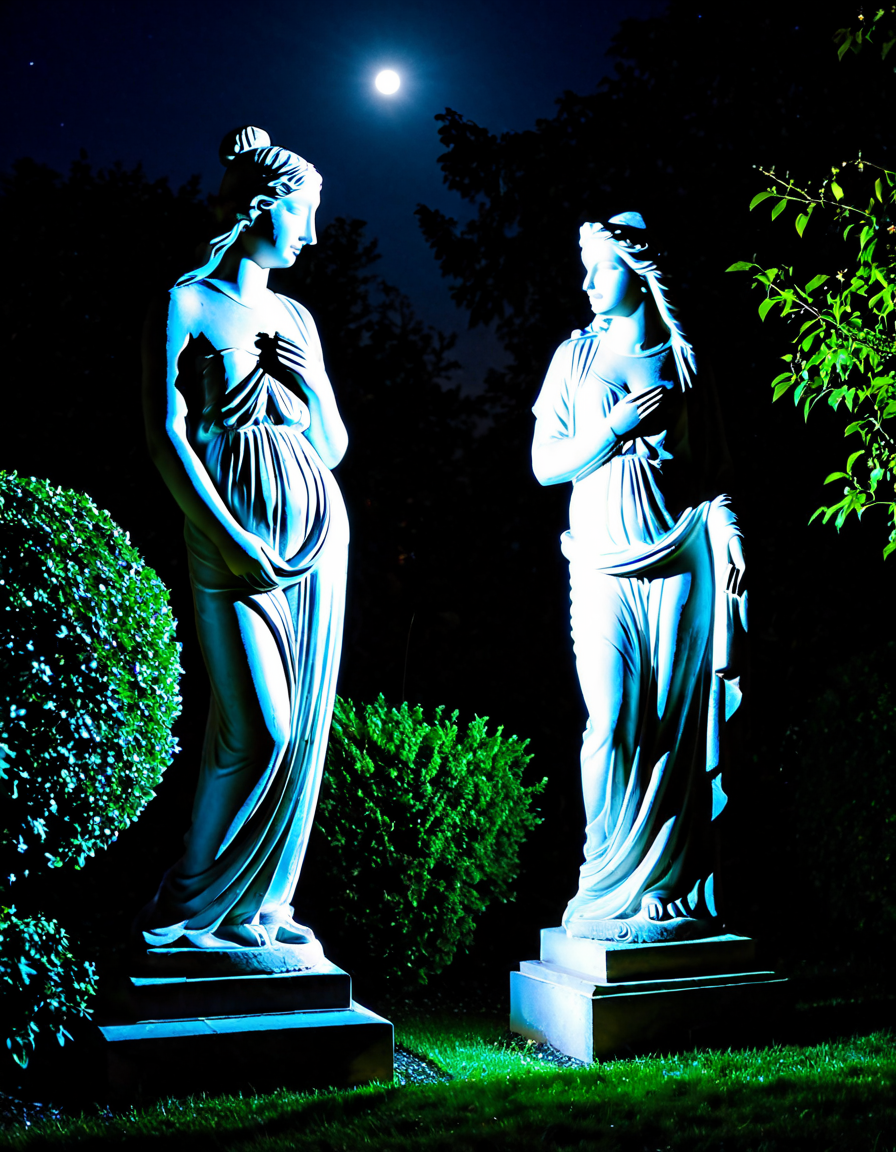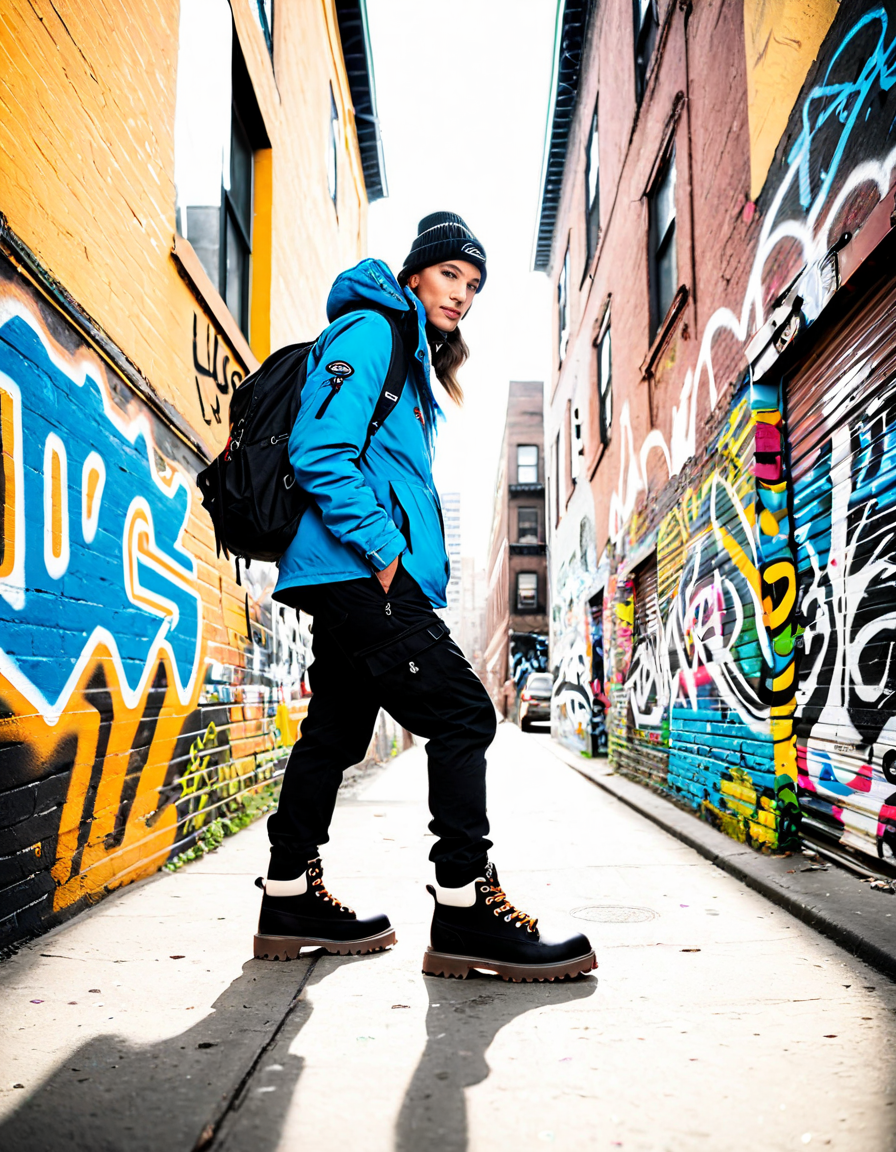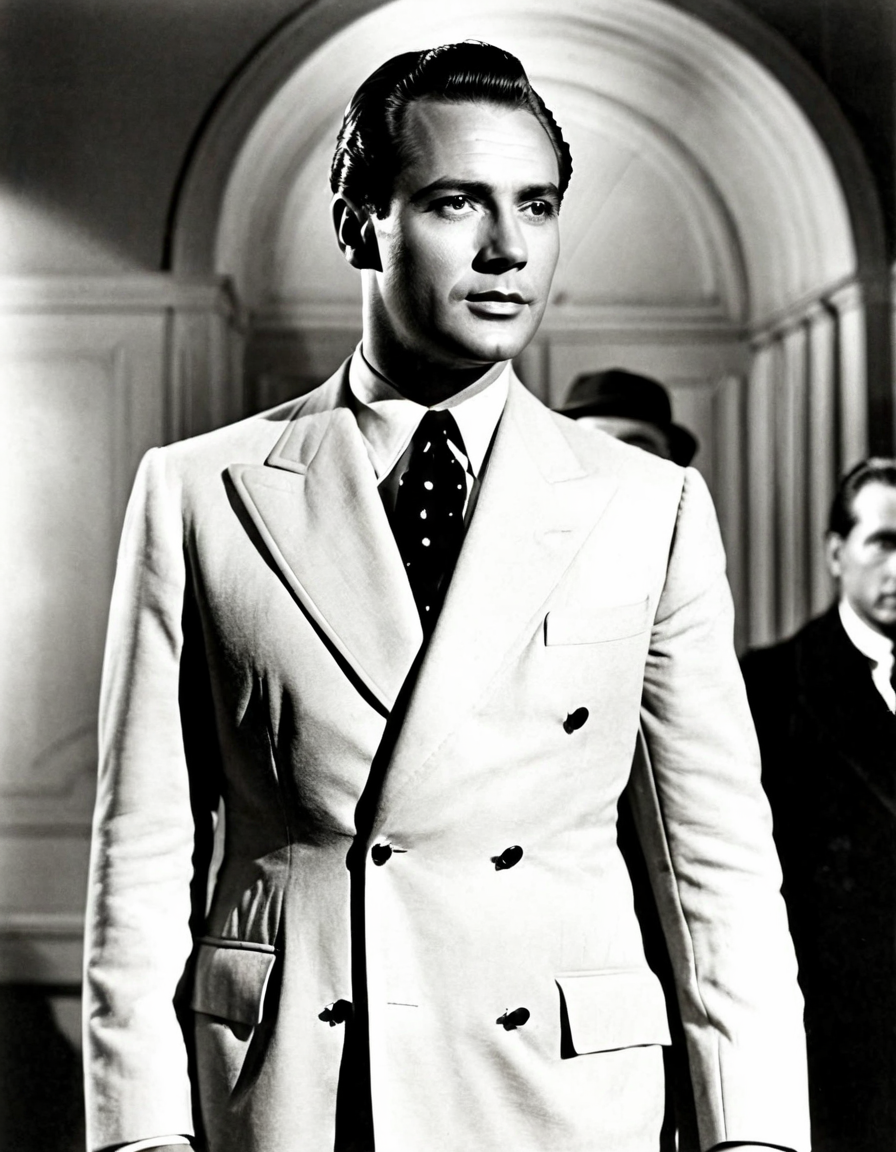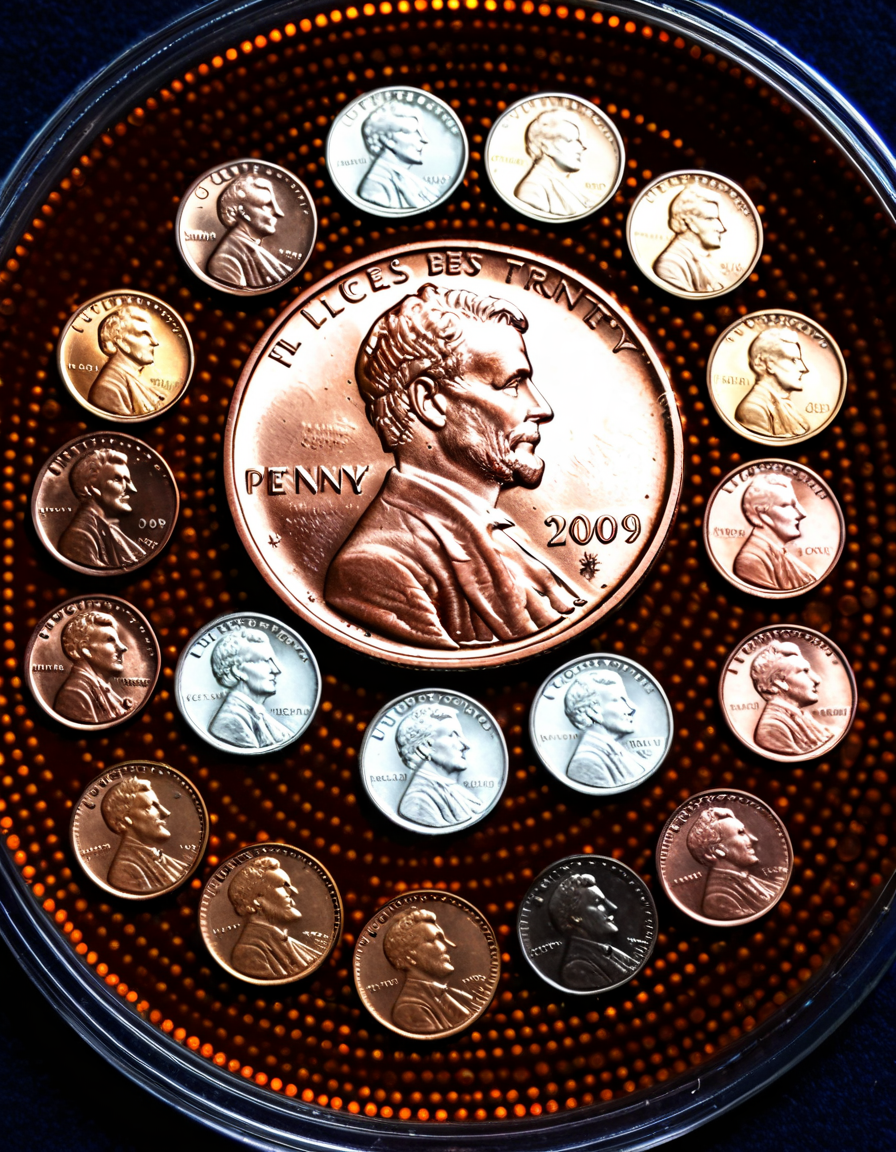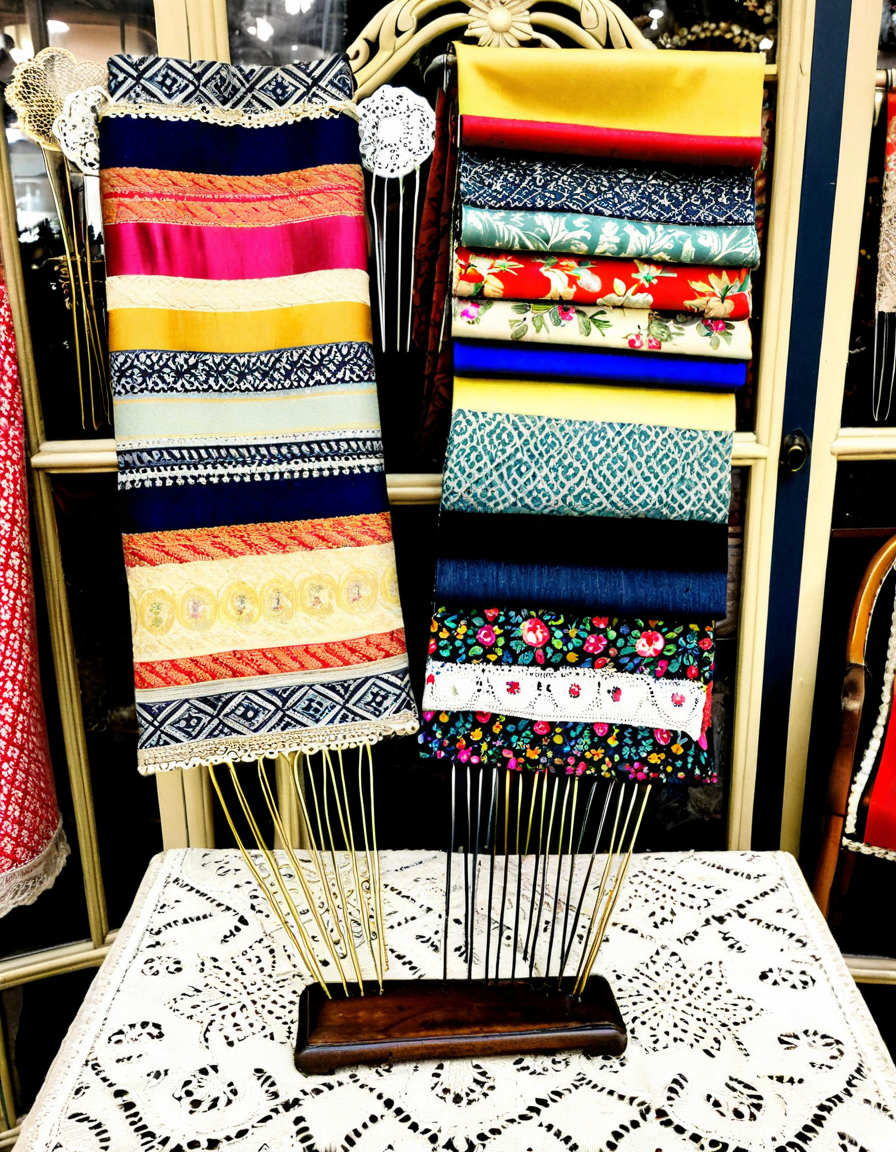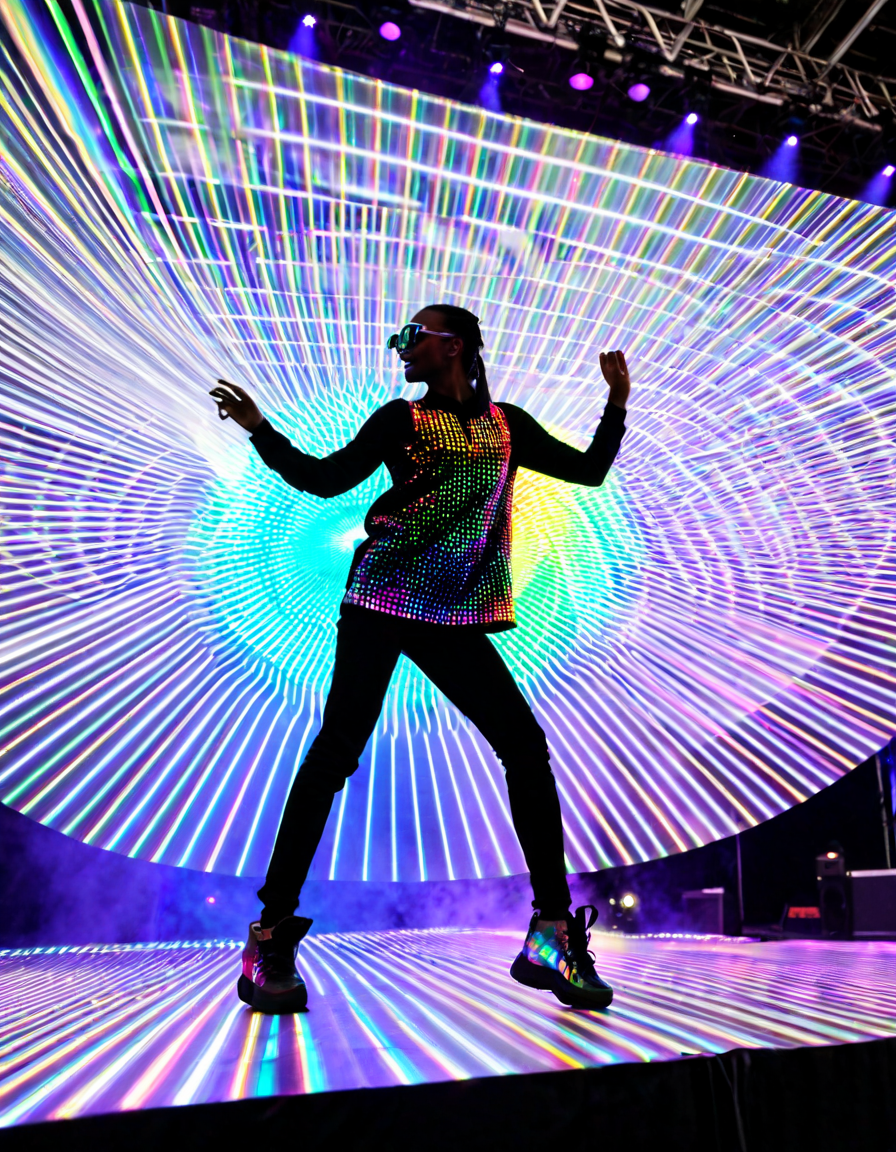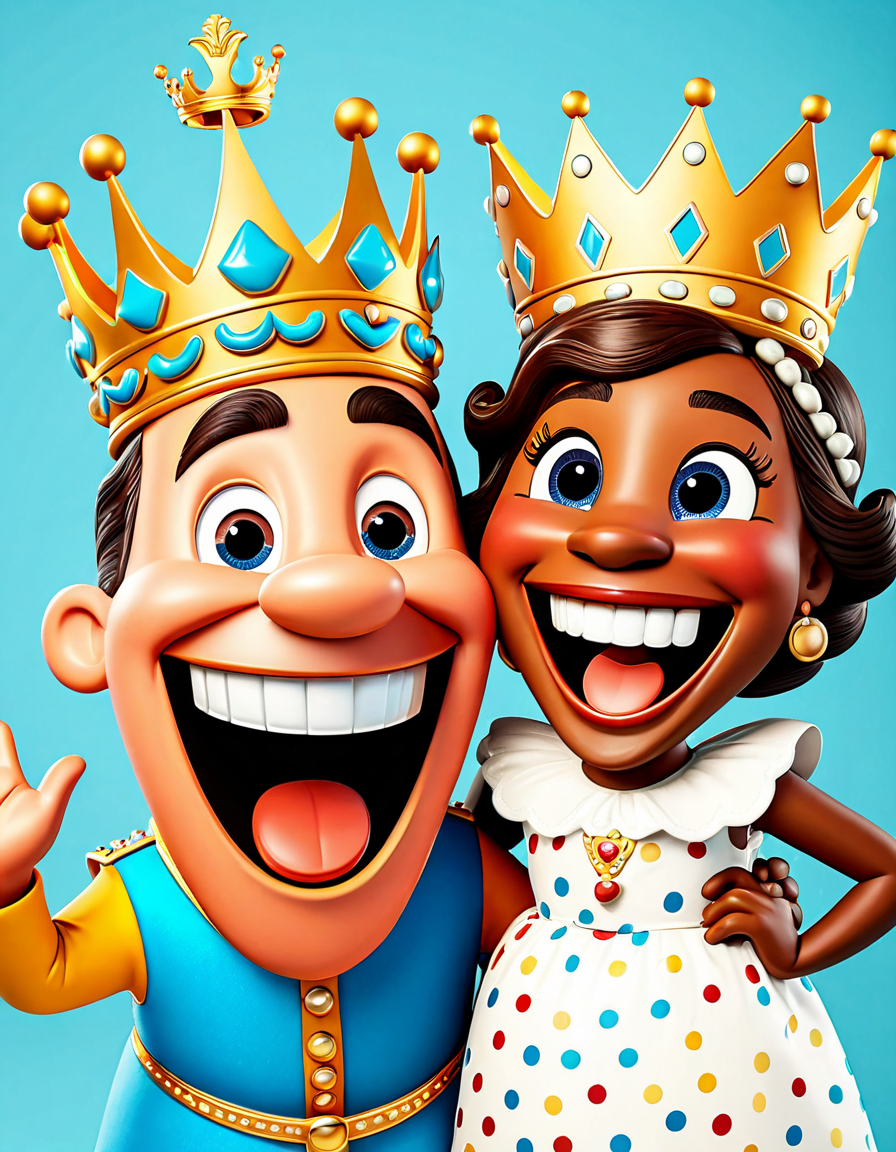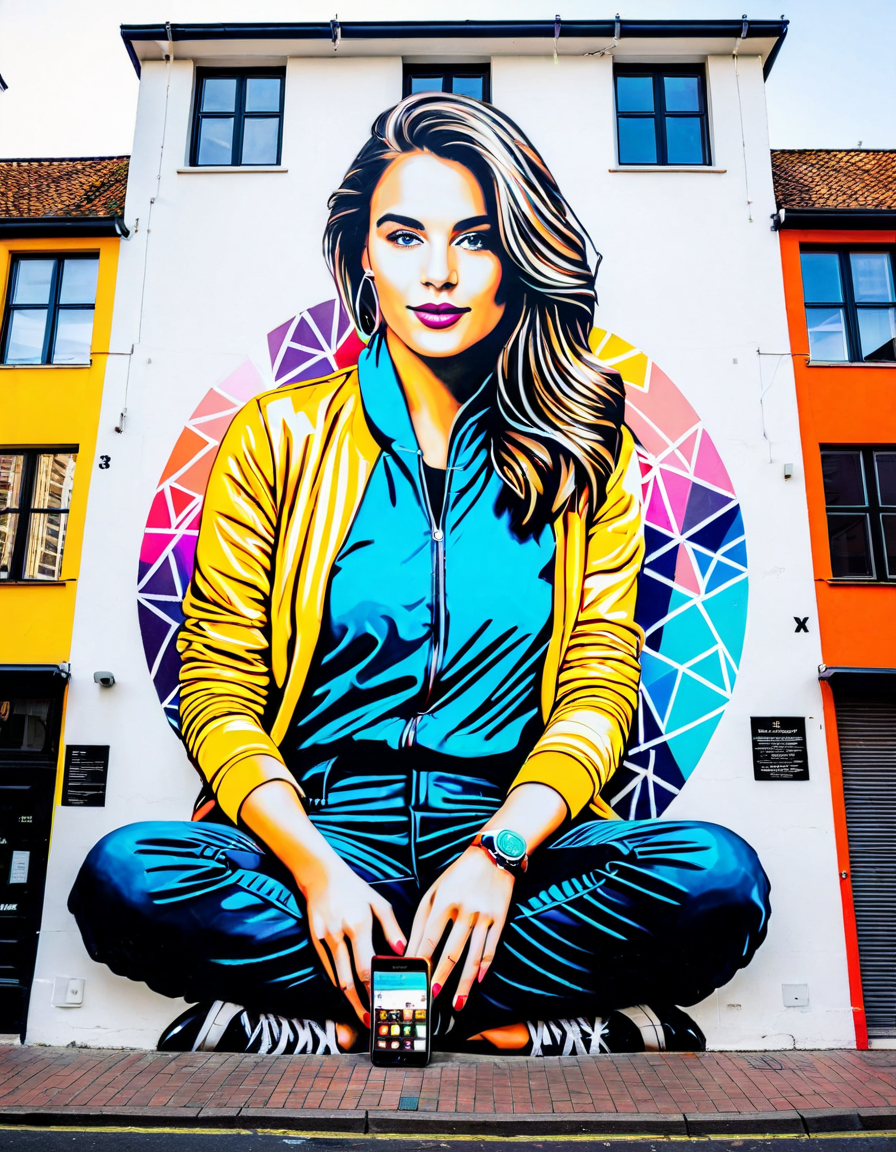The hairpin is more than just an accessory; it’s a symbol of culture, history, and individual expression. This simple yet versatile tool has been a staple in the beauty industry for thousands of years, originally starting as a practical device to keep hair neatly styled. Today, hairpins have undergone a radical transformation, elevating them into fashionable statements that reflect personal style and societal values. Let’s dive into the stunning journey of the hairpin and explore its evolution from a functional tool to a true fashion icon.
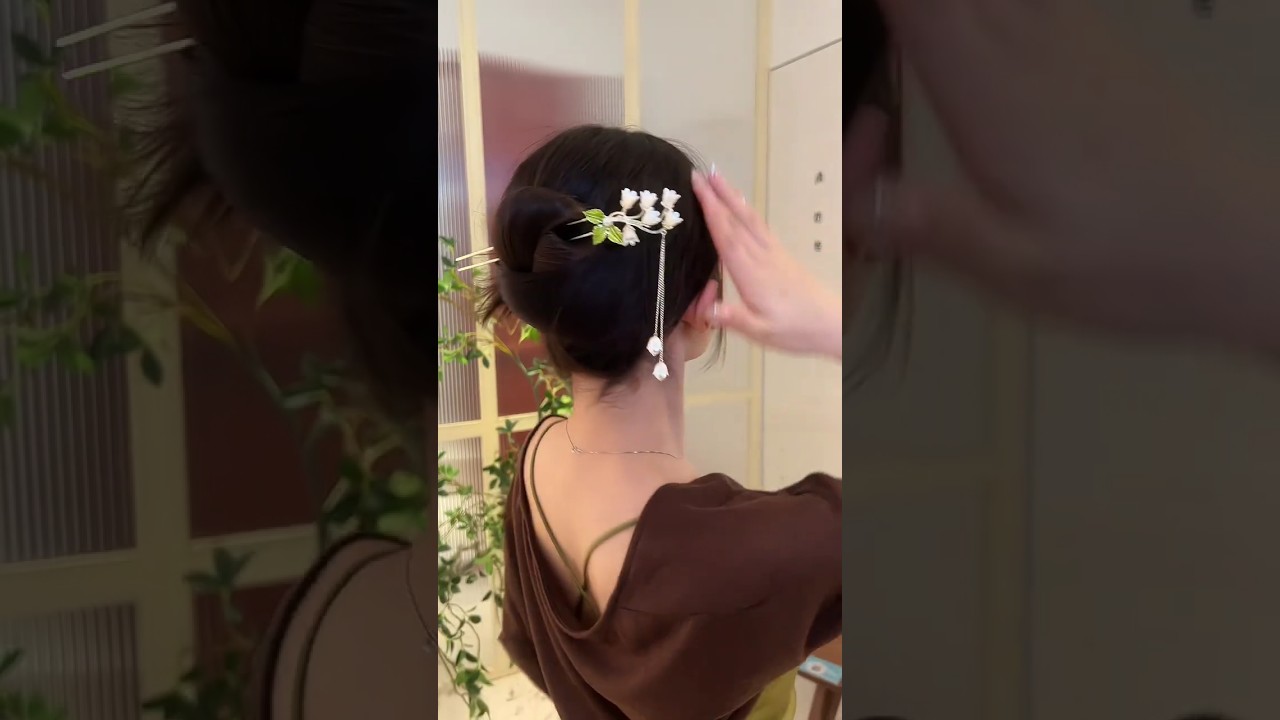
The Evolution of the Hairpin: From Functional Tool to Fashion Statement
Hairpins date back to ancient civilizations, serving a practical purpose—men and women used them to secure hair and maintain order in their hairstyles. In ancient Egypt, hairpins made of gold or wood were adorned with intricate carvings, showcasing both artistic skill and personal status. Similarly, in ancient China, hairpins carried significant social ramifications; styles indicated marital status and social class.
As time moved forward, hairpins transitioned into more decorative accessories. The Middle Ages saw the rise of embellished hairpins, where precious metals and jewels adorned the pins, signifying wealth. The Renaissance era further excited the hairpin’s potential as artists and craftsmen began to explore imaginative designs that reflected the ornate fashion of the time.
Fast forward to the 20th century, and hairpins became synonymous with identity and rebellion. The 1960s and 70s saw bold styles and bright colors, reflecting the counterculture movements of the time. Modern fashion has taken this evolution further, recognizing hairpins as essential components of contemporary outfits, turning them into cherished items that express individualism and creativity.

Top 7 Iconic Hairpin Styles and Their Influence on Fashion
Roman women sported intricate hairpins boasting gemstones and remarkable artistry. These hairpins didn’t just hold up hairstyles; they also acted as status symbols, reflecting the wealth of the owner.
In the late 1800s, hairpins began to adopt a more ornamental role. The designs resembled small brooches, reflecting the opulence of the Victorian era. Brands like Etruscan Revival led this movement, crafting intricate pieces out of precious stones and gold.
The roaring 20s introduced the Art Deco movement, transforming hairpins into glamorous accessories. Fashion icons like Coco Chanel popularized hairpins embedded with crystals and geometric shapes, merging the elegance of the past with the modern aesthetics of the new era.
The early 2000s saw a resurgence of vintage fashion, and bobby pins followed suit, especially as brands like Anthropologie showcased floral designs. These bobby pins added eclectic vibes to casual and formal outfits alike.
Today’s fashion leans towards minimalist designs featuring sleek materials like metal and acrylic. Brands such as Aisling Kelli and Kitsch embrace simplicity, offering designs that highlight one’s personal style without unnecessary embellishment.
Personalization is key in current fashion trends. Many individuals create custom hairpins using materials like PVA glue for embellishments. This DIY approach allows people to express their creativity and style in unique ways.
Hairpins have made their mark in pop culture as well. Celebrities flaunting unique styles on red carpets often feature hairpins as signature items. Stars like Zendaya have embraced these practical tools, elevating them into quintessential accessories in modern high fashion.
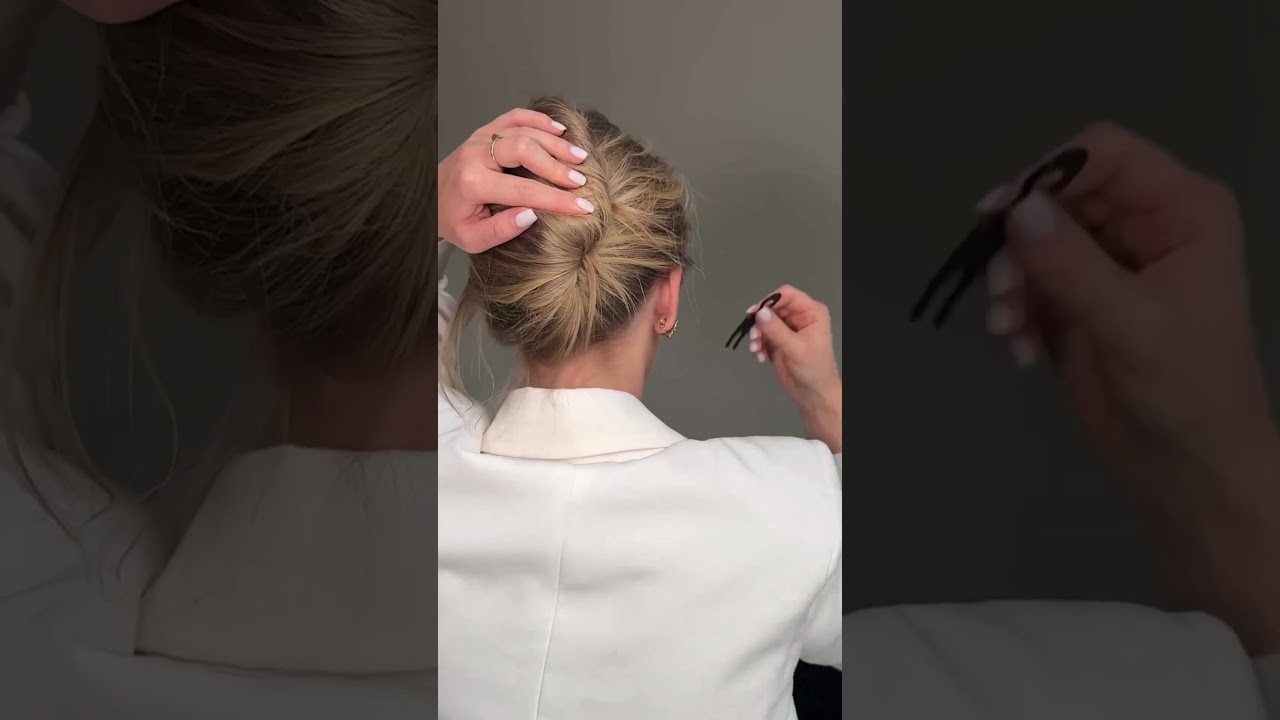
The Craft of Hairpin Design: Materials and Techniques
The artistry behind hairpins extends beyond simple designs. Advances in craftsmanship reveal elements that enhance functionality and style.
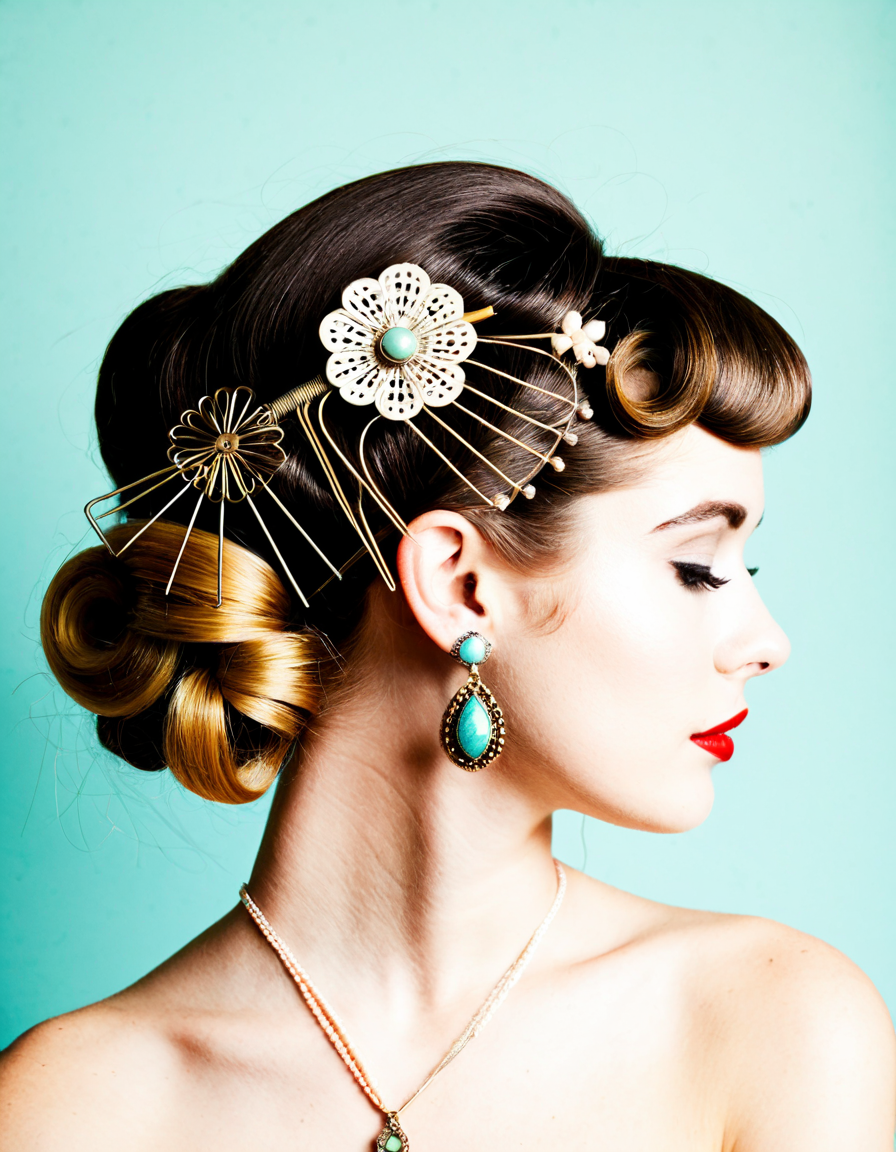
Hairpin Cultural Significance and Symbolism
Globally, hairpins have substantial cultural meanings. In many societies, they are seen as symbols of femininity and grace. For instance, in traditional Chinese culture, a woman’s hairstyle—complete with hairpins—can indicate her marital status, whereas contemporary uses may challenge these norms, reflecting a form of rebellion.
In Western cultures, hairpins have been embraced by feminists and activists. They serve as tools for self-expression, transforming traditional stereotypes around femininity into bold statements that assert individuality. Hairpins often bridge the gap between cultural heritage and modern fashion, acting as reliable markers of identity.
Furthermore, in films like “12 Years a Slave,” hairpins have captured audiences’ imaginations, becoming artifacts that narrate deeper stories of identity, resistance, and heritage. Icons like Bd Wong and June Lovejoy have revealed the multifaceted roles of hairpins in their works, illustrating how these small pieces can resonate with larger societal themes.

Hairpins: The Future of Fashion Accessories
Looking ahead, hairpins seem poised to embrace even more innovative trends. As sustainability gains traction, many designers are exploring eco-friendly materials, crafting hairpins from recycled metals or biodegradable sources. This shift not only caters to environmentally-conscious consumers but also adds another layer of narrative to hairpin craftsmanship.
There’s also potential for hairpins to blend with technology, possibly evolving into smart accessories that offer both style and functionality. Imagine hairpins that can change color or illuminate based on your mood! The merging of fashion and technology is an exciting frontier that could redefine the role of hairpins in our lives.
Final Thoughts on the Cultural Journey of Hairpins
The remarkable evolution of the hairpin from a simple utility to an expressive fashion artifact showcases the relationship between aesthetics and the societies in which they exist. Hairpins complement hairstyles while serving as artifacts that capture changing cultural values and individual identities.
As fashion continues to shift, the hairpin remains a captivating accessory, embodying the craftsmanship, culture, and artistry behind personal style. With the potential for exciting innovations on the horizon, the future of hairpins promises to continue their stunning journey through fashion history. The hairpin, a humble yet powerful emblem, will persist in weaving itself into our wardrobes and our lives, telling stories that resonate across generations.
The Hairpin’s Trendy Transformation Through Time
The Quintessential Accessory
Did you know hairpins have been around for thousands of years? This chic little accessory dates back to ancient civilizations, where they were crafted from materials like gold, silver, and even bone! In Rome, hairpins weren’t just functional; they often boasted intricate designs that showcased one’s social status, much like how today’s fashionistas flaunt their favorite styles on the red carpet in flicks like the ones in Tracy Morgan ‘s Films And TV Shows. These delightful sticks of style have transformed from simple utility items to iconic fashionable statements, proving that a hairpin can make or break a look—just ask the cast of the historic drama 12 Years a Slave, where the intricacies of presentation had its own weight in the narrative.
Crafting Beauty
As hairpins evolved, so did the materials used to create them. From ornate designs made with handcrafted techniques to the modern use of materials like wire mesh, today’s hairpins come in all shapes and sizes. Speaking of shapes, can you imagine strutting down the street with a hairpin as stunning as that eye-catching artwork around an ancient arch—think of an arch pic! And did you know modern hairpins sometimes incorporate paper in fun designs? Yes, that’s right—A4 paper fashion is a playful fusion of creativity and functionality. Many people love to personalize their hairpins, giving them a unique flavor that reflects individual style.
Cultural Significance
Hairpins are not just for holding hair in place; they also carry cultural significance. In various cultures, hairpins represent femininity and elegance. In Mexico, for example, Capulina wore beautifully adorned hair accessories, highlighting the intersection of culture and personal style. It’s fascinating how hairpins can evoke feelings and tell stories, similar to characters in films starring actors like Mario Cimarro, whose charisma and charm often leave a lasting impression. And if you think about it, it’s those little details—even hairpins—that can craft an entire narrative around a person’s identity.



